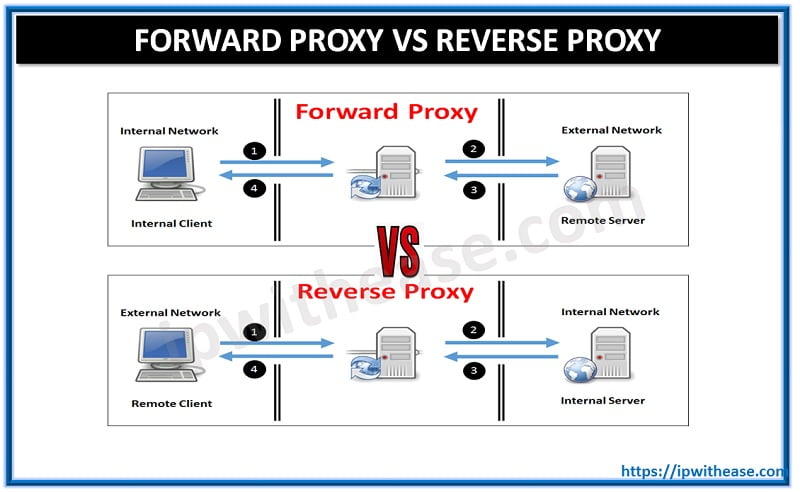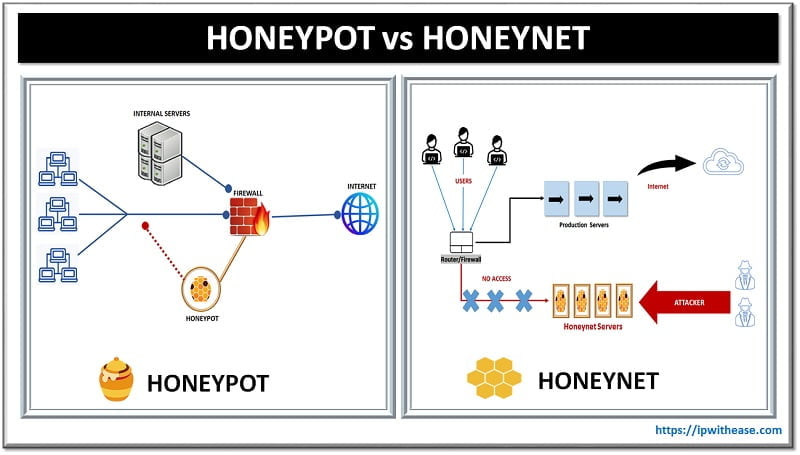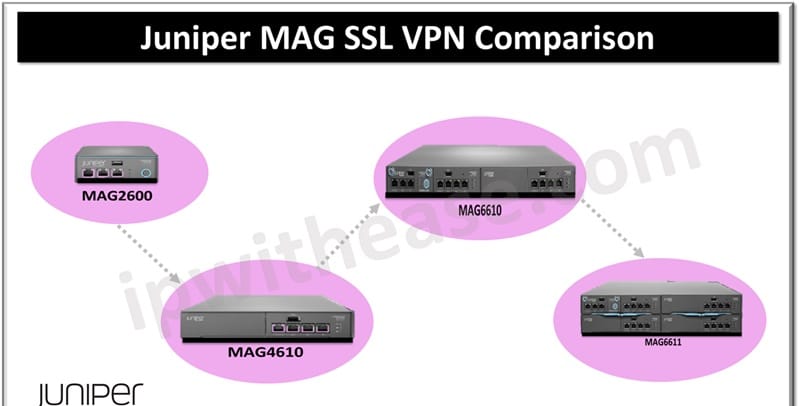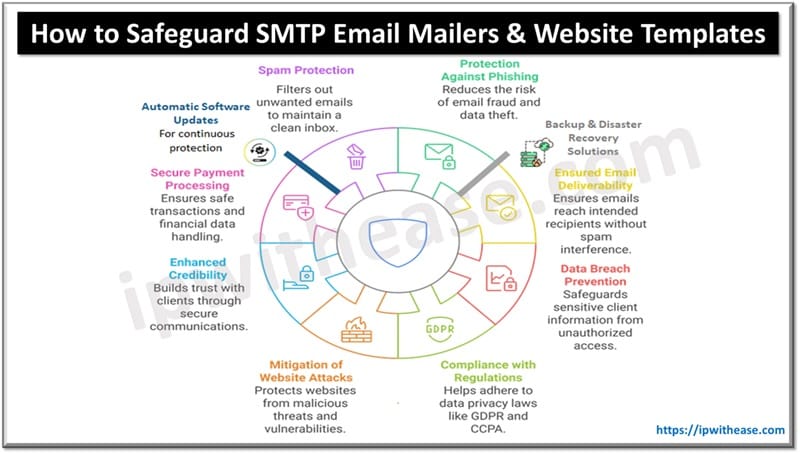Table of Contents
As we have already discussed Forward and Reverse proxies in detail in our last blogs, this blog focuses on the comparison between the two i.e., Forward Proxy vs Reverse Proxy.
What is a Proxy Server?
A proxy server functions as a middleman for requests from customers trying to access data from other servers.
A customer links to the proxy server to ask for a service that is available on another server, and the proxy server examines the request to reduce and control its complexity.
FORWARD PROXY:
A forward proxy provides proxy services to a client or a group of clients. At times, these clients belong to a common internal network. When one of these clients makes a connection attempt to that file transfer server on the Internet, its requests have to pass through the forward proxy first.
Depending on the forward proxy’s settings, a request can be allowed or denied. If allowed, then the request is forwarded to the firewall and then to the file transfer server. From the point of view of the file transfer server, it is the proxy server that issued the request, not the client. So when the server responds, it addresses its response to the proxy.
REVERSE PROXY:
A reverse proxy does the exact opposite of what a forward proxy does. While a forward proxy proxies in behalf of clients (or requesting hosts), a reverse proxy proxies in behalf of servers. A reverse proxy accepts requests from external clients on behalf of servers stationed behind it just like what the figure below illustrates.
To the client it is the reverse proxy that is providing file transfer services. The client is unknown to the file transfer servers behind the proxy, which are actually providing those services. In effect, whereas a forward proxy hides the identities of clients, a reverse proxy hides the identities of servers.

Similarities between Forward Proxy and Reverse Proxy
- Both forward proxy and a reverse proxy safeguard devices within a private network from potential threats originating from the internet and external networks.
- Both have the ability to restrict the kinds and sizes of files that flow through them, as well as prevent unauthorized users from sending requests through them without authentication.
- Both have the capability to switch ports and protocols, allowing them to obfuscate the access patterns utilized for accessing concealed resources.
- It is also feasible to utilize the same software for configuring both a forward and a reverse proxy. E.g. – Nginx can be used to configure both forward and reverse proxies.
Difference: Forward Proxy vs Reverse Proxy
Now that we have understood the similarities between the two, let’s move on to understand the difference.
Below table summarizes the differences between the two proxy types:
PARAMETERS | FORWARD PROXY | REVERSE PROXY |
| Connection Type | Forward proxy connection initiates from inside secured zone and destined to outside unsecured global network. | Reverse proxy connection comes from outside global network and destined to inside secured network. |
| Direction of Traffic | Handles outgoing client requests on behalf of the client. | Manages incoming server requests on behalf of the server. |
| Visibility | Can see and control client requests, but not server responses. | Can see and control server responses, but not client requests. |
| Client Awareness | Clients are aware of the presence of the proxy. | Servers are usually unaware of the proxy; they see requests as coming directly from the client. |
| Application Delivery | Forward proxy are not used for Application Delivery. | Reverse proxy are built for Application Delivery. |
| Load Balancing | Not typically used for load balancing. | Often used for load balancing across multiple backend servers. |
| SSL/TLS Termination | May perform SSL/TLS termination for client connections. | May perform SSL/TLS termination for server connections. |
| Use Cases | Forward proxy are good for content filtering, natting, Email Security etc. | Reverse Proxy are used for Load Balancing (TCP Multiplexing), Content Switching, Authentication and application firewall. |
| Restrictions | Forward proxy restrict the internal user from accessing the user filtered/restricted site. | Reverse proxy restrict the outside user/client to have direct access to internal/private networks. |
| Caching | Can cache content to improve client access speed. | Can cache content to improve server response time. |
| Examples | Squid, CCProxy, Microsoft Forefront TMG. | Nginx, Apache HTTP Server (with mod_proxy), HAProxy. |
Download the comparison table: Forward proxy vs Reverse proxy
We saw above how forward and reverse proxies differ. It is important to share some more insight on the functioning and capabilities of both proxy types for the benefit of all –
Forward Proxies are good for:
- Content Filtering
- eMail security
- NAT’ing
- Compliance Reporting
Reverse Proxies are good for:
- Application Delivery including:
- Load Balancing (TCP Multiplexing)
- SSL Offload/Acceleration (SSL Multiplexing)
- Caching
- Compression
- Content Switching/Redirection
- Application Firewall
- Server Obfuscation
- Authentication
- Single Sign On
Watch Related Video For Better Understanding
Continue Reading:
PROXY vs NAT – Understand the Difference
ABOUT THE AUTHOR

You can learn more about her on her linkedin profile – Rashmi Bhardwaj



